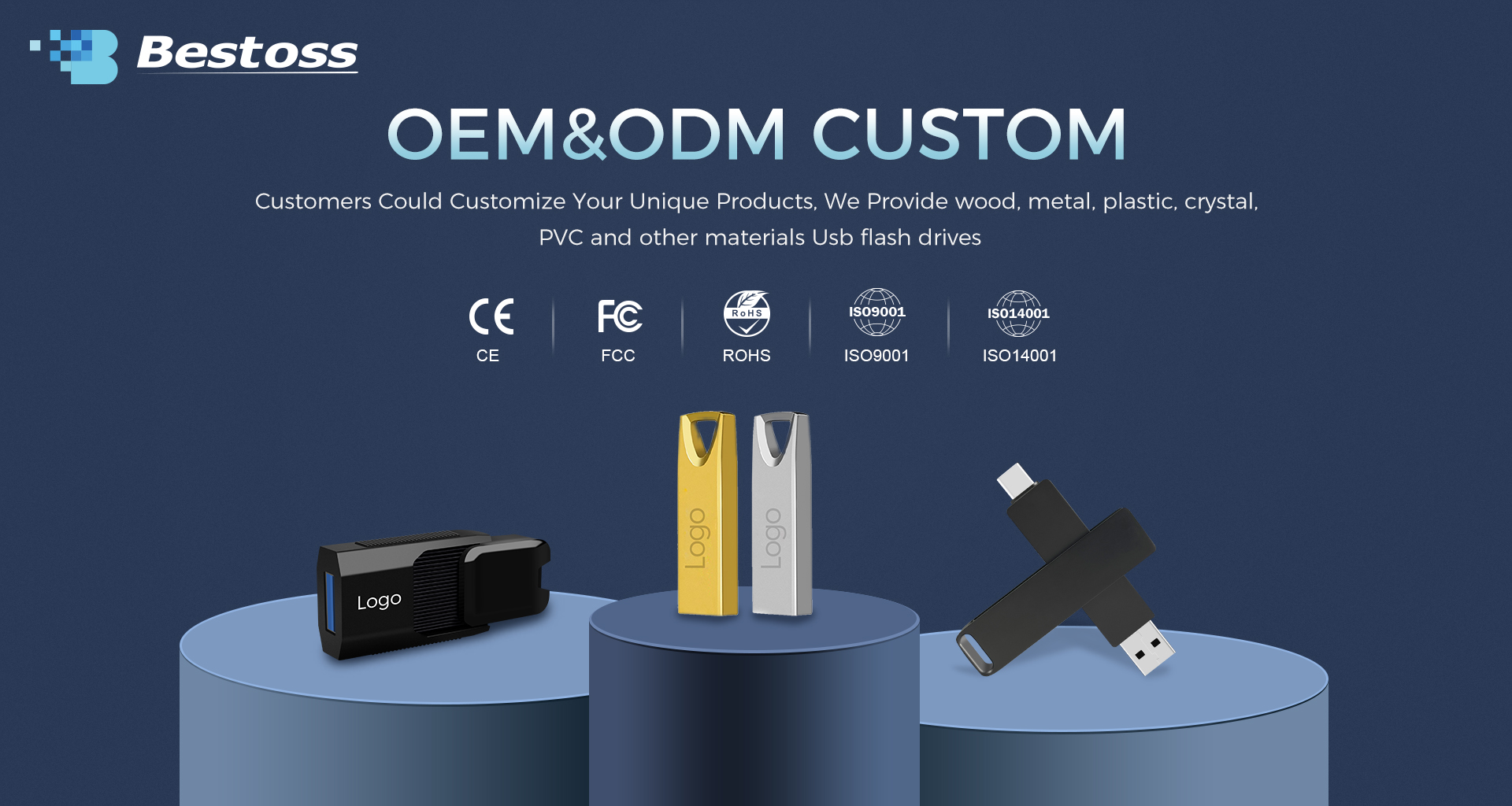-
A1: Usually our MOQ is 50 pcs.
-
Q2: Is the memory card capacity real?
+
A2: Yes, you can use the H2text to text it. H2text is most authoritative testing software in the world. If you need this software, we can free provide to you.
-
Q3: Can we get support if we have our own market position?
+
A3: Please inform us your detailed mind on your market demand, we will discuss and propose helpful suggrstion for you, to find the best solution for you.
-
Q4: Are you the manufacture or trade company?
+
A4: Both are. We have been engaged in this field for 12 years, and have 1000 square meters for office and workshop.
-
Q5: Why the memory card real capacity is not correct capacity?
+
A5: Flash memory vendors are using decimal arithmetic: 1MB=1000KB, 1G=1000MB calculated, the operating system using binary arithmetic:1MB=1024KB,1GB=1024MB.
So there are some differences between Display capacitu and nominal capacity of flash memory product.
4GB≈3.7-3.75GB
8GB≈7.4-7.45GB
16GB≈14.6-14.7GB
-
Q6: What is the difference between a flash drive and a USB drive?
+
A6: A flash drive and a USB drive are essentially the same thing. They are both portable storage devices that use flash memory to store data and connect to a computer through a USB port. The terms "flash drive" and "USB drive" are often used interchangeably.
-
Q7: What type of USB flash drive is best?
+
A7: The best type of USB flash drive depends on your specific needs, but here are some popular options:
Standard USB 3.0/3.1 Flash Drive: These provide a good balance of speed and affordability. Suitable for everyday file storage and transfer.
USB-C Flash Drive: Ideal if your device has a USB-C port. They offer faster data transfer speeds and compatibility with modern devices.
High-Speed USB 3.0/3.1 Flash Drive: If you need faster read and write speeds for large files or frequent data transfer, opt for a high-speed USB flash drive.
Security-Focused Flash Drive: Some flash drives come with hardware encryption or secure access features for data protection.
Compact and Portable Flash Drive: If you need a small, lightweight drive for portability, consider compact models with a keychain or lanyard attachment.
Large Capacity Flash Drive: Choose a high-capacity drive (e.g., 128GB, 256GB, or more) if you need to store large files or backups.
Rugged or Waterproof Flash Drive: These are designed to withstand physical damage or exposure to water, making them suitable for outdoor or rugged environments.
Wireless USB Flash Drive: Some flash drives have wireless capabilities, allowing you to transfer files wirelessly to and from your devices.




